Renewable Energy Insights
Decarbonising The Transport Sector: An Overview
Currently, the global transport sector accounts for up to 25% of total carbon emissions worldwide; in 2022, this translated as 8 billion metric tons of CO2 emitted.[1]
According to the International Transport Forum, by 2050, the demand for transport will have doubled since 2015. This, in turn, will result in a 16% increase in emissions if we continue on our current trajectory and do not put further policies in place.[2] With many countries working towards a target to hit net zero between 2030 and 2060, action must be taken to change this.
While electrification is progressing in the transport sector, and there have recently been exciting breakthroughs in new biofuels for aviation, there is still a huge amount of work to do to decarbonise this area. As it stands, 91% of the transport sector still relies on oil and this has decreased very little over time, only 3.5% since the 1970s.[3]
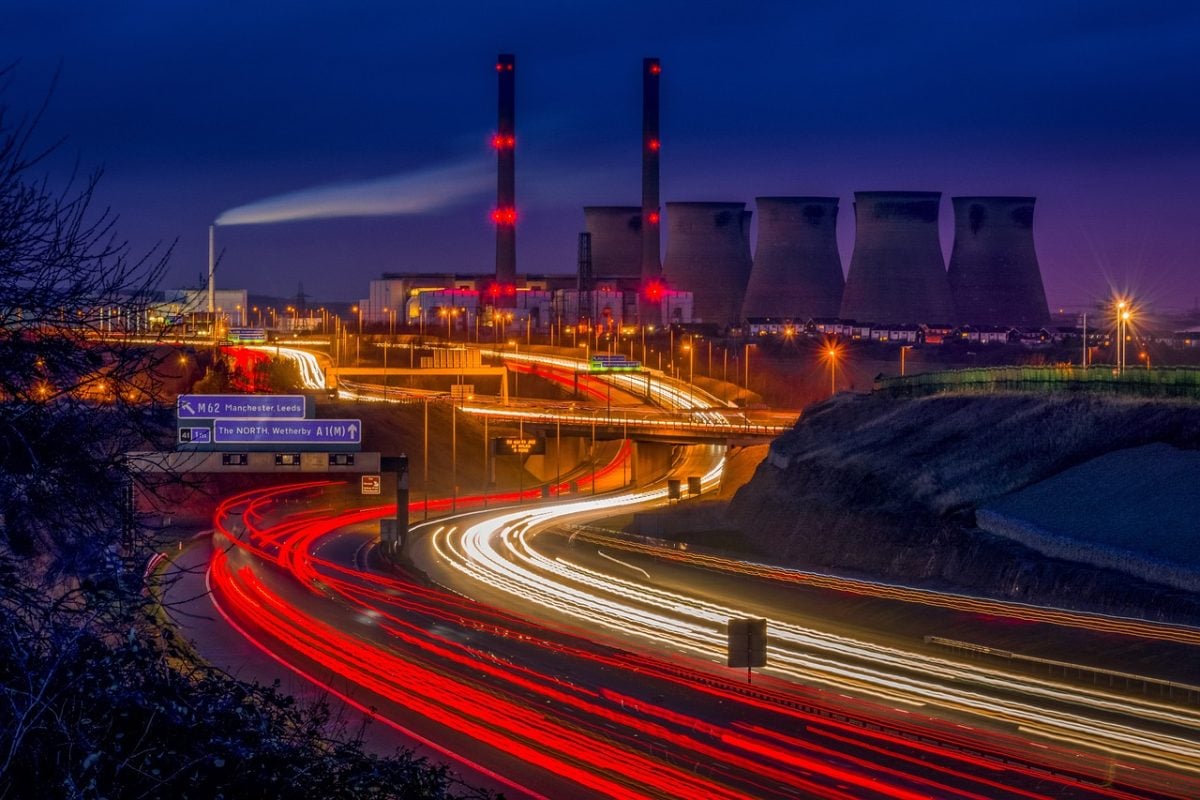
While some modes of transport have a smaller impact than others, all methods of transport contribute to global warming in some way. In order to align with net zero targets, each type of transport must be decarbonised as fully as possible. Furthermore, the pollution created by the transport sector as a whole must be reduced for the good of public health.
In this article, the REI will look at the different ways in which we can decarbonise the various methods of transport, the advantages and disadvantages of these and examples of where decarbonisation is happening effectively.
The Impact of Petrol and Diesel Cars
The majority of cars on the road in 2024 are still powered by fossil fuels. The International Energy Agency (IEA) estimates that in 2022, these cars were responsible for 10% of global CO2 emissions.[4] This also has a severe impact on public health; it is estimated that pollution caused by fossil fuel powered vehicles kills as many as 5000 people a year in the UK alone.[5]
A number of countries, including the UK, will ban the sale of new petrol and diesel cars within the coming decade. As a result, we have just a few short years to fill this gap with more sustainable alternatives.
What alternatives are available?
Switching to public transport, walking or cycling are all options in this scenario, however they will not always be able to provide the flexibility that a personal vehicle can. For those that require, or want, a car for their needs, the main alternatives are:
- Hybrid
- Biofuel
- Fully electric
- Hydrogen fuel
While hybrid cars provide a stepping stone towards decarbonisation, they are not a perfect solution as there will always be emissions associated with them. In the UK, hybrid cars will be included in the ban placed on petrol and diesel cars in 2035 because of this. Bio-fuels, generally made from crops such as corn or wheat, are also unlikely to be used in the long-term, due to their impact on food markets and prices, however we will see later in the article how they may be the key for more sustainable aviation.
As such, there is a significant amount of pressure on fully electric vehicles (EV) to provide the answer and evidence does show that they are becoming more and more popular. The IEA’s annual Global EV outlook tells us that more than 10 million EVs were sold in 2022. This was just 14% of all new cars sold in this time, but it does mark a continued annual increase, up 5% on 2021 and 9% on 2020.[6]The greatest uptake has been in China, where around half of all EVs purchased are in use. The next largest markets are Europe and the United States.
Early statistics from 2024 in the UK, suggest that private purchases of electric cars have reduced. However, purchases for commercial reasons, made possible by government incentives, continue to increase.[7]
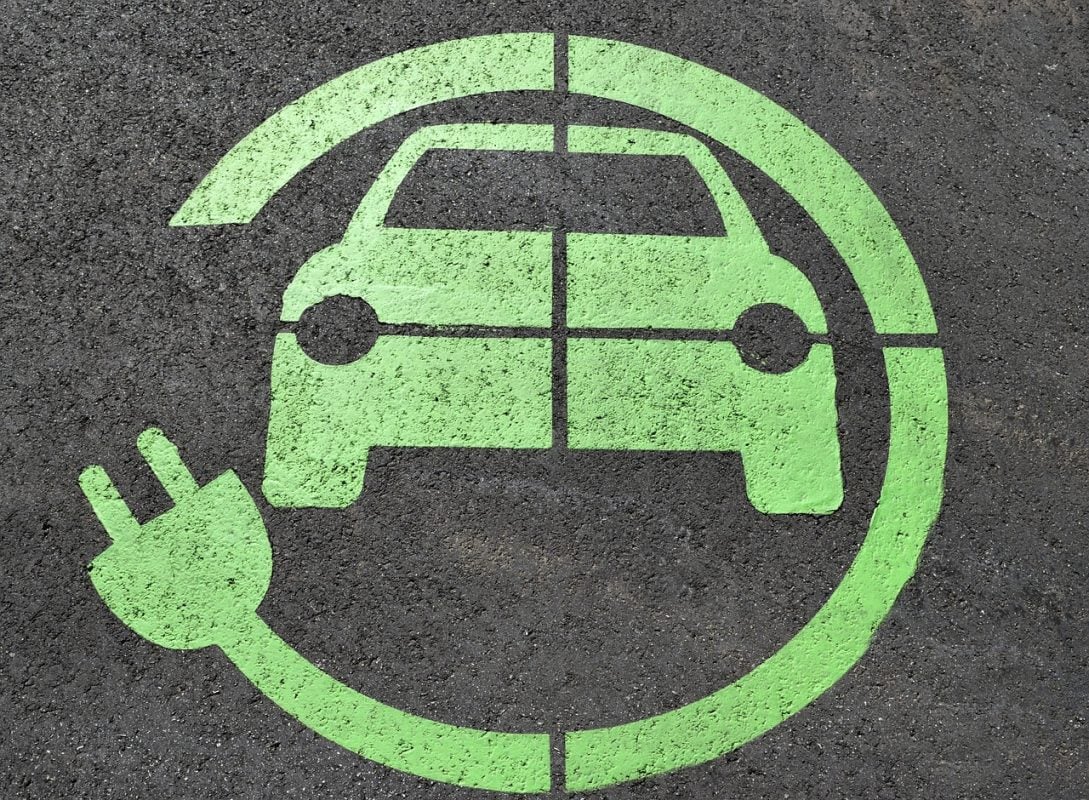
Research has shown the impact of an electric car to be around 60% less than that of a car powered by fossil fuels.[8] However, there are still disadvantages to today’s electric vehicles.
The raw materials required, such as precious metals for batteries, have their own environmental impact. The mining process is energy intensive and can cause pollution of nearby waterways. In some areas, there are also serious ethical questions regarding the labour conditions of those carrying out the mining. Furthermore, the batteries are difficult to recycle or dispose of safely at the end of their lives.
In addition, there are still issues concerning the operation of EVs. For example, while charging infrastructure is more widespread than it used to be, it has not fully caught up with demand. It is likely that electric vehicles will need to be used in conjunction with other alternatives in order to meet demand and achieve targets.
For many commentators, the remaining technology that can help with this is hydrogen. As a relatively new technology, available on the market for fewer than 10 years, opinion is divided regarding the hydrogen fuelled car. Oliver Zipse, of BMW, has said “Hydrogen is the missing piece in the jigsaw when it comes to emission-free mobility. One technology on its own will not be enough to enable climate-neutral mobility worldwide.”[9]

The Renewable Energy Institute’s transport specialist, Alexander, believes that hydrogen cars are not yet developed enough to challenge electric vehicles, stating, ‘I don’t hear much positive news about hydrogen fuel cell vehicles at the moment. In the UK at least, (hydrogen cars) feel further away from commercial reality than we thought 5 years ago. But, this is just a 2024 view; just because the vehicles are not here today, does not mean they cannot be in 10 years time. Just look at battery vehicles, nobody would have predicted 1000 electric trucks hitting the market 10 years ago.’
The capabilities of existing hydrogen cars suggest that they could be a viable answer. A hydrogen car can be refueled in as little as 4 minutes[10], which is much preferable to the multiple hours that it takes to charge the average electric car. Range is also improved with the Toyota Mirai promising over 400 miles, whereas most electric cars offer 100-300 miles maximum per charge.[11]
However, with the technology still quite new, there are still a number of barriers standing in the way.
In order to prevent emissions, hydrogen has to be created via electrolysis, using renewable electricity; this is widely known as green hydrogen. Critics have argued that if electricity is to be used anyway, it may as well be used to charge an electric car. To back this up, research conducted by the University of Cambridge shows that hydrogen fuel cells are less efficient, using as much as 3x more energy to create the hydrogen required than to charge an electric car.[12]
Hydrogen storage also poses issues, with safety concerns over flammability. This in turn impacts the availability of refilling points. The UK currently has only 9 hydrogen fuelling stations[13], whereas public EV charging points are much more widespread.
Lastly, hydrogen cars are expensive, costing as much as £65,000, with a choice of only two models (Toyota and Hyundai). EVs comparatively offer many more options to choose from and a greater range in price. Hydrogen cars are also currently more expensive to run. The average cost of refuelling a hydrogen car is $200, working out at 50 cents a mile or more.[14]
This is not to say that hydrogen cars cannot become more widespread in the future, however as our transport specialist argues, they do not measure up to the electric vehicle in their current form.
Public Transport
Buses
While public transport is already more sustainable than travelling by private car, this sector of transport still needs to be decarbonised for us to reach our net zero targets. Buses, along with trucks, are responsible for 35% of CO2 emissions from road transport. In order to align with current net zero targets, this must fall by 15% by 2030.[15] Much like with cars, the main alternative fuels for buses are electricity and hydrogen whereby the same advantages and disadvantages apply.
Electric buses are becoming more and more prevalent, however, statistical information on global uptake is not widely available. Nevertheless, information on a smaller scale from cities, towns and council areas does show some success:
In Edinburgh, Scotland, where the REI is based, Lothian Buses plan to incorporate both electricity and hydrogen, and are in the process of slowly installing the infrastructure required for these alternative fuels. In 2024 they will introduce 50 new electric buses to their fleet.
In the Portuguese town of Cascais, their bus system has been successfully powered by hydrogen since 2021. You can read more about this and the town of Cascais in our case-study here.
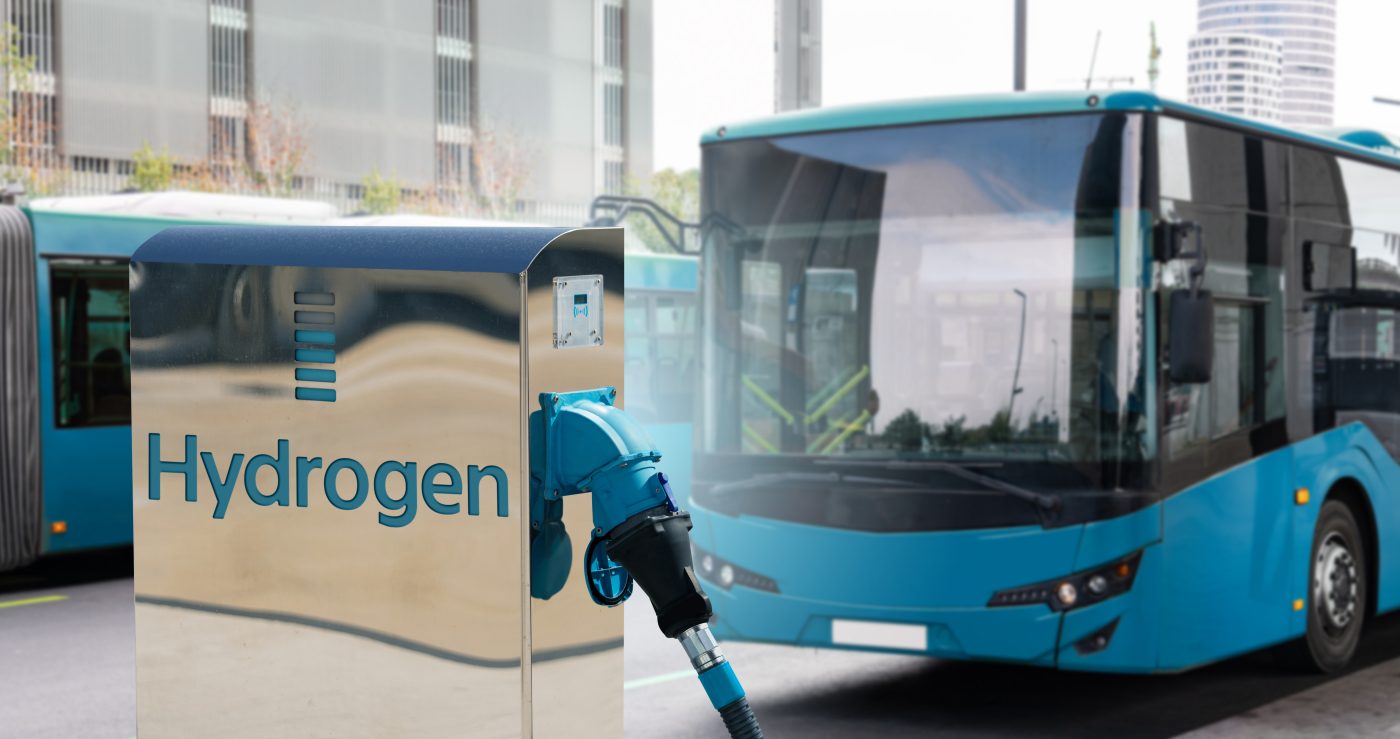
Trains
Travel by train is already significantly more sustainable, even in its current form. A recent report from the Rail Delivery Group in the UK showed that train travel could save half of the emissions of travelling via electric car, depending on the route.[16] However, the train system still needs to be fully electrified.
Electrifying railways requires huge changes in terms of infrastructure which puts up financial barriers. A fairly recent example in the UK saw costs to electrify 76 miles of railway track soar to £10 billion.[17]
A societal shift in thinking may also be required to improve uptake of train services. At the moment, the cost of train travel means this option is less appealing for many people in the current economic climate, and in the UK at least, trains can be difficult to rely on due to regular strike action and other issues.
One success story in this sector is Switzerland, which now boasts a fully electrified railway system. This is used by 12 million passengers each year, as well as being used to transport goods across the country.[18]
Aviation
The aviation sector poses one of the most difficult problems when it comes to decarbonising transport. It is an incredibly unsustainable method of transport, especially in terms of short haul flights and private jets, but is nevertheless necessary for import and export of goods. It also plays an important role in the global economy, especially for countries that rely heavily on tourism. In 2022, aviation contributed 2% of global CO2 emissions.[19] While this does not sound like a particularly high percentage, it is crucial that we find methods to reduce the emissions of air travel in the near future.
Electric and hydrogen planes do exist, however the technologies are very new and tend to apply to smaller aircraft travelling shorter journeys. In addition to this they are not widely adopted. However, a number of major airlines, including United Airlines and Easyjet, have plans to introduce electric aircraft by 2030.[20]
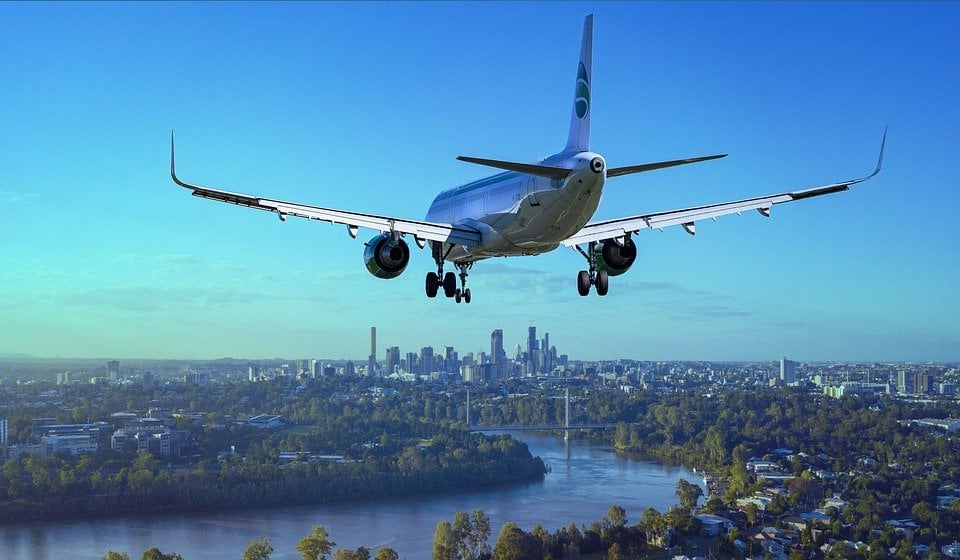
In November 2023, Virgin Atlantic, in conjunction with the UK Government, carried out the first transatlantic flight in a commercial airplane powered entirely by biofuels, also known as sustainable aviation fuel (SAF).
70 tonnes of this SAF, made from waste oil and animal fat, was required for the journey. Virgin Atlantic claim that the flight created 70% less carbon emissions than a regular flight. [21] While this is a major breakthrough, there is still a lot of research and testing required to improve this metric further and ensure that SAF can be widely and safely used.
In the meantime, it is likely that new technologies will need to work alongside other actions, such as restricting short haul flights within countries and using carbon credits to offset emissions. For this to work however, other options such as rail travel need to be improved to encourage people to travel by alternative means.
Shipping
International shipping accounts for a similar proportion of CO2 emissions as aviation (2%)[22] and 3% of all greenhouse gas emissions.[23] IRENA has stated that if international shipping were a country, it would be the 6th largest CO2 emitter.[24] Again, we rely on shipping heavily for the import and export of goods, even more so than aviation, with international shipping facilitating up to 90% of global trade.[25]
In order to combat the sector’s impact, the International Maritime Organisation (IMO) has put in place targets to cut carbon emissions to half of 2008 levels by 2050, with the long term goal of eliminating them altogether.[26] Alternative fuels that could be used include electricity, hydrogen, biofuels, methanol and ammonia (also known as e-fuels). The IEA and IRENA believe that methanol and ammonia will play a crucial role in the decarbonisation of shipping.
However, these fuels are currently not available in the quantities required and are expensive. Decarbonising the global fleet by 2050 could cost up to $28 billion annually, which is likely to have a knock on effect on shipping costs.[27] Nevertheless, IRENA is confident that this will change in the coming decades. In the meantime, a mix of fuels will need to be used to gradually reduce the emissions of the sector. A reduction in overall fuel consumption will also be required and can be achieved by altering routes and reducing speeds.
Conclusion
Clearly there is still a very long way to go in decarbonising the transport sector and according to the IEA we are not currently on track to meet targets in this area. The uptake of EVs is promising, especially in the corporate realm, however we have also seen that EVs are not the most sustainable way to travel.
More must be done to improve the reach and reliability of public transport, especially train travel as it can help reduce emissions greatly. Unfortunately the changes to infrastructure and finances needed serve as a major barrier to this.
In terms of aviation, despite recent breakthroughs in biofuels, we are still quite far off being able to decarbonise air travel.
Nevertheless, this does not mean that we will not reach this goal in the future. Massive changes in infrastructure, along with societal thinking are required to make this a reality. As we have seen with many of the technologies explored in this article, the foundations are there and progress is being made. More time, research and crucially funding is required to bring about the eventual decarbonisation of the transport sector but we should find hope in the massive improvements that have already been made.
To learn more about Electric Vehicles and Net Zero Targets, study the REI’s 3-course Net Zero Consultant Expert Certificate. With access to our accredited Electric Vehicles, Hydrogen Energy and Global Energy Transition courses, this pathway provides the required knowledge for turning net zero targets into a reality.

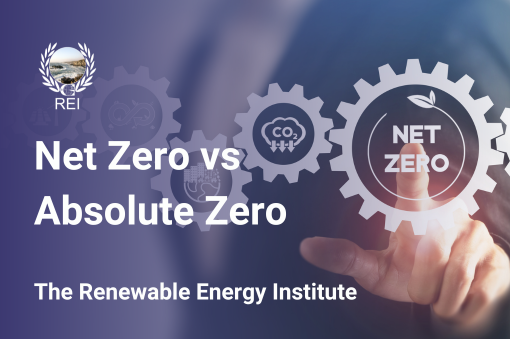
Read Next: Net Zero vs Absolute Zero
References
[1] https://www.statista.com/topics/7476/transportation-emissions-worldwide/
[2] https://www.itf-oecd.org/decarbonising-transport
[3] https://www.iea.org/energy-system/transport
[4] https://www.iea.org/energy-system/transport/cars-and-vans
[5] https://www.airclim.org/acidnews/air-pollution-traffic-kills-5000-year-uk
[6] https://www.iea.org/reports/global-ev-outlook-2023/executive-summary
[7] https://www.theguardian.com/business/2024/mar/05/uk-new-car-sales-reach-highest-february-figure-in-20-years
[8] https://www.rac.co.uk/drive/electric-cars/choosing/are-electric-cars-really-better-for-the-environment
[9] https://amp-theguardian-com.cdn.ampproject.org/c/s/amp.theguardian.com/business/2024/feb/13/will-hydrogen-overtake-batteries-in-the-race-for-zero-emission-cars
[10] https://amp-theguardian-com.cdn.ampproject.org/c/s/amp.theguardian.com/business/2024/feb/13/will-hydrogen-overtake-batteries-in-the-race-for-zero-emission-cars
[11] https://afdc.energy.gov/files/u/publication/electric-drive_vehicles.pdf
[12] https://amp-theguardian-com.cdn.ampproject.org/c/s/amp.theguardian.com/business/2024/feb/13/will-hydrogen-overtake-batteries-in-the-race-for-zero-emission-cars
[13] As above
[14] https://www.hydrogeninsight.com/transport/analysis-it-is-now-almost-14-times-more-expensive-to-drive-a-toyota-hydrogen-car-in-california-than-a-comparable-tesla-ev/2-1-1519315
[15] https://www.iea.org/energy-system/transport/trucks-and-buses
[16] https://www.theguardian.com/business/2024/feb/27/train-travel-generates-less-carbon-than-battery-ev-says-rail-group-data
[17] https://www.samdumitriu.com/p/infrastructure-costs-electrification
[18] https://new.abb.com/news/detail/96454/electrifying-rail-for-sustainable-transport
[19] https://www.iea.org/energy-system/transport/aviation
[20] https://www.alternativeairlines.com/electric-planes
[21] https://www.forbes.com/sites/jenniferleighparker/2023/11/29/virgin-atlantic-lands-first-flight-powered-by-biofuels-whos-next/
[22] https://www.iea.org/energy-system/transport/international-shipping
[23] https://unctad.org/news/decarbonizing-shipping-how-speed-transition-and-ensure-its-fair
[23] https://www.irena.org/Digital-content/Digital-Story/2021/Oct/Shipping_Sector/detail
[25]https://www.irena.org/-/media/Files/IRENA/Agency/Publication/2021/Oct/IRENA_Decarbonising_Shipping_2021.pdf
[26] https://impact.economist.com/ocean/ocean-and-climate/how-the-shipping-sector-is-decarbonising
[27] https://unctad.org/news/decarbonizing-shipping-how-speed-transition-and-ensure-its-fair
